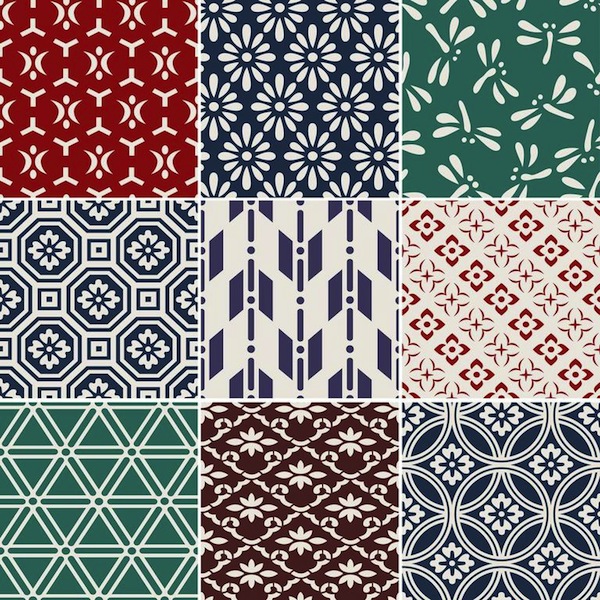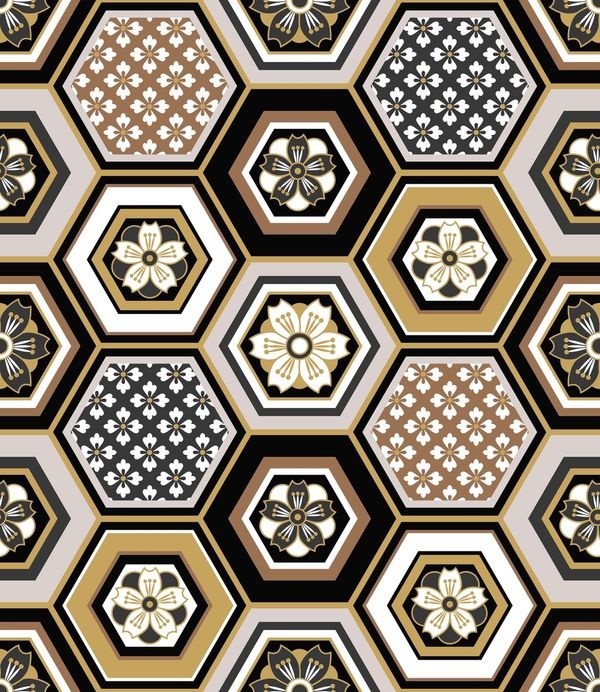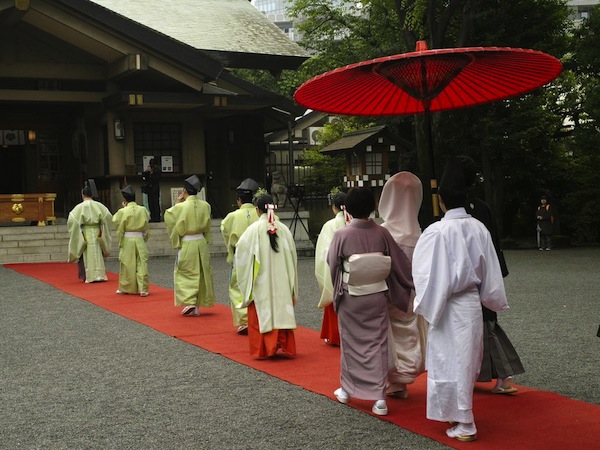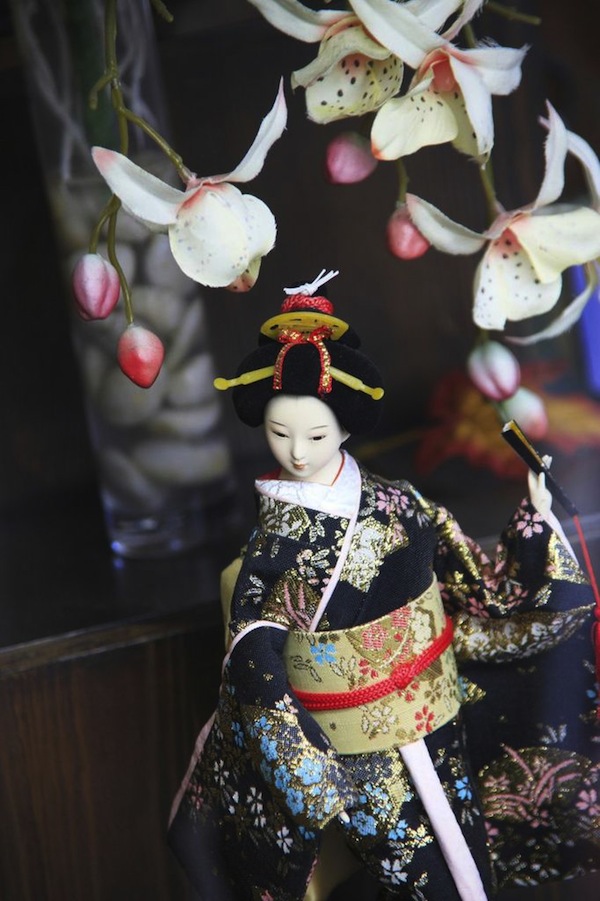
Kanto Maki and Kansai Maki
Even within Japan itself, how kimono are worn often differs from place to place. Giving an example with a big difference, there is this difference in wrapping obi from right to left and from left to right. When obi is wrapped from right to left in front of your body, it is called Kanto Maki. And the other way round is called Kansai Maki. As the names imply, Kanto Maki is mainly seen in the eastern Japan and Kansai Maki is mainly seen in the western Japan. Other than the case where there is a difference in tesaki (starting point)’s starting point being right or left, the complete look after wrapping the obi is the same for both methods.
However, you should be careful that different part of obi’s patterns that are on the ventral side (hara-mon) may appear depending on what method you use, Kanto Maki or Kansai Maki. You will regret if you do not select an obi with patterns that appear as you like with the easier wrapping method for you when you wrap the obi yourself. When you have someone to wrap an obi for you, make sure you check which side of the patterns is to appear and clearly tell the person of your preference. it comes in handy if you can wrap your obi in 2 methods. You can use different sides of obi with two types of hara-mon, or you can use the other side of obi when one side is stained.








